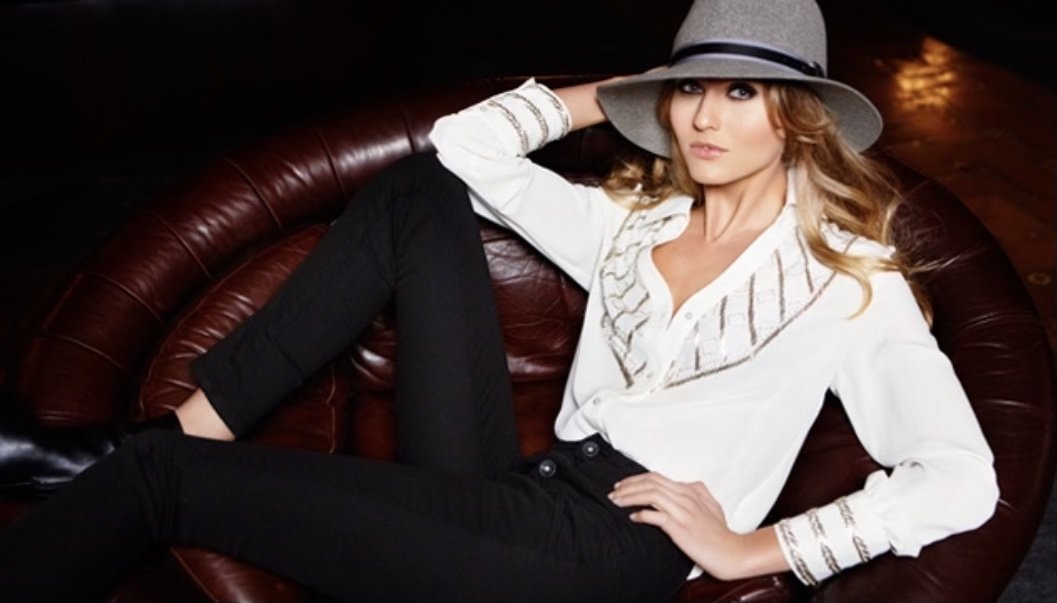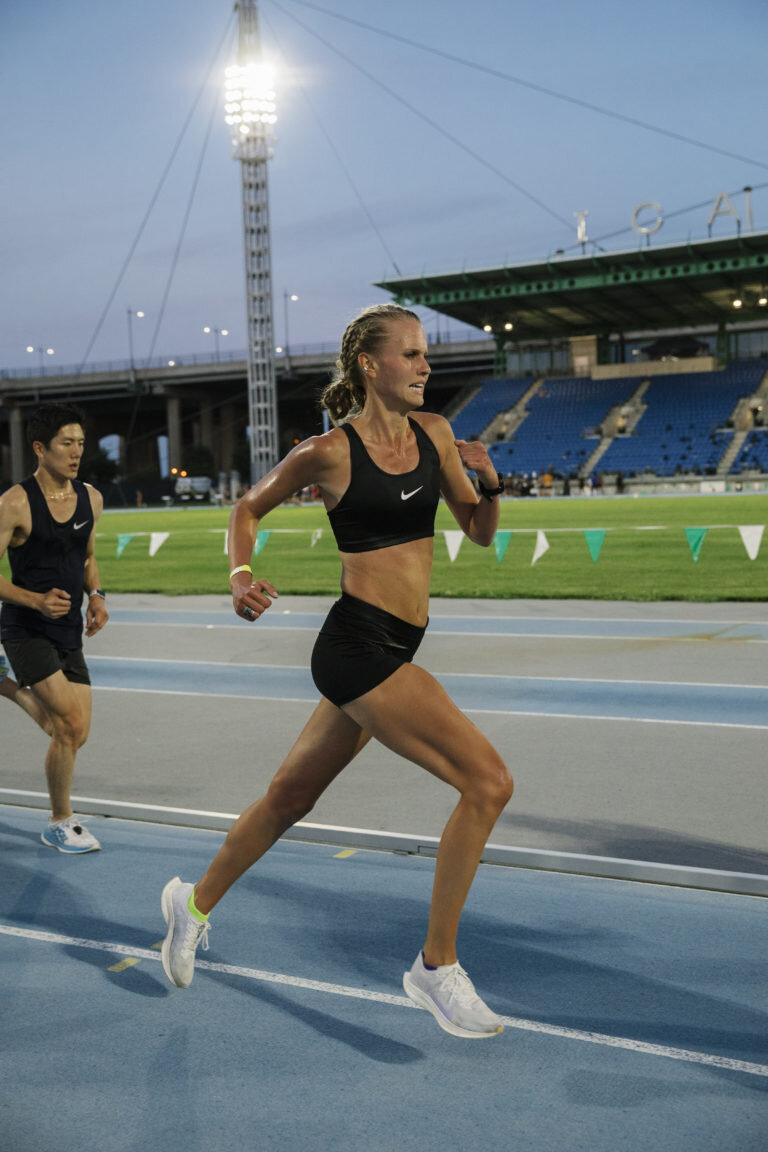Race Recap: Marathon Debut
How I ran 2:55 at my first marathon and what the future holds.
Over the past 4 months, I joined Nike Project Moonshot, a program designed to help athletes reach their far out marathon goals, to embark on chasing down my running dream. My goal? To not only complete the epic distance of the marathon, but to do it fast.
And on Sunday December 8, 2019 I did exactly that at the California International Marathon.
Before training with Nike began, I had run a handful of races from 5 kilometers to half marathons. Because I don't come from any kind of athletic background, it never occurred to me that I could treat running competitively until that first half marathon in 2016 when I ran 1:23, a time that landed me 8th place overall out of over 7 thousand runners.
It wasn’t long after that the marathon began calling my name.
But, due to a string of injuries over the next few years, I didn't know how or when I could go after this heroic feat. I knew I had what it takes to run 26.2 miles straight, but I didn't know how to set myself up for success and train the right way.
But then, that all changed last Spring when the possibility of training with Nike came along. I'd heard so much about the program, Project Moonshot, since it emerged from Breaking 2: Nike's mission to help man break two hours in the marathon.
When I applied to Project Moonshot, I mentioned my past with running-- how I stumbled into the sport as a means to balance my hectic career as a fashion model and how I managed to do well at a few races including placing 1st in a recent half marathon. I declared my Moonshot goal to run my debut marathon within the U.S. Olympic standard qualifying time (or to "OTQ") given that would mean doubling my PB half marathon time.
My mission was simple, run how I always do, but with a little fine tuning and guidance from the people who know what they are doing.
I knew if I really had a dream like that, I wasn't going to be able to do it alone. Joining Nike Project Moonshot was nothing I'd ever come close to doing in the past. As soon as I got accepted, I dove right in.
Suddenly I was working alongside seasoned coaches and a bunch of other incredible athletes. As I met all these talented runners I made more friends than I ever have in my adult life. It wasn't long before I started hitting the track and putting down times that gave me even more reason to believe in myself. The people I was running with lifted me up and made me feel like I was part of a whole new community, so I decided to join their team (which is a different entity than Project Moonshot) called the Brooklyn Track Club. With both Project Moonshot and a local team I immersed myself in the sport like never before. I felt like I belonged, and I was on the right track to really chase down my marathon goal.
26.2 Training
Photo: Brenden Clarke
My training wasn't complicated at all. Each week, I ran 3 harder effort days which included a track workout, a tempo workout, and a long run. Sandwiching the harder days, I ran easy recovery days on soft surface. My weekly mileage, based on my body's strong aerobic base, started in the mid-60s and peaked in the mid-90s. I took a complete rest day once every 10-12 days (or if I really felt like it.)
That said, and most importantly, I run because I love it. I never ran without wanting to and while everyone has days they feel tired or sluggish, I always wanted to be doing exactly what I was doing. I never felt like anything was too much or too hard and if I did, I backed off.
Fuel
The same way training has to align with a runner's unique background and ability, I think goes for how I went about food. I ate how I like to eat and it happened to be ideal for my training's demands. Rice, tofu, nuts, beans, hummus, greens, carrots, sweet potatoes, avocados, fruit and tons of chocolate and (dairy-free) ice cream. Looking back, I guess I happened to be mostly plant-based for this entire training cycle but that's because that's what I like (and tofu and rice are really cheap.)
As for racing fuel, I jumped on board with what a lot of my training partners did during long runs and trained with Maurten Gel 100s and water. When I raced I tried to mimic exactly that. (But more on hydration later...)
Recovery
Rest is huge. For every time I went hard running, I had those easy runs on the soft-surfaced Woodway to balance it out. I also spent a lot of time straight up chilling. I would say rest was my strength
Race Day
Everyone who said you never know until race day is correct. I had all the conditions to make it a perfect day. My training was spot on and indicated I could reach my goal of sub 2:45, if in fact stars aligned. I put in the work, and all that could be left was to hope it would show up on race day. I got a lot of help from one of the coaches on my team I turn to for guidance on how to taper yet stay sharp, and I took her words to heart about resting hard in those last two weeks.
So when I got to the starting line in Sacramento, I was chomping at the bit. It was amazing and I felt like I was exactly where I wanted to be. When the race began, I was in it. My head and legs were 100% present, careful not to get caught up in the heat of the moment as I was warned. Every 30 minutes I sucked down gels, and it seemed as though I could keep my goal marathon pace forever... But, I learned the hard way that you never know until race day (unless you look it up) how crucial it is to hit those first few water tables.
My downfall was not taking in enough water or rather missing all the tables only to find myself drier than the Sahara desert with 13.1 more miles to go. Suddenly, as I got more and more parched, I zig-zagged around other runners on the course trying to make sure I grabbed what I could. The struggle was spending the last 13 miles making up for that feeling. And to see some miles clock in significantly slower than goal race pace added an extra amount of stress.
Luckily, Coach Kate had prepared me mentally for what to do if I was in the thick of it during the race unable to achieve 2:45, but to rather stay strong for sub 3. So, in the moment I brought my "Moonshot" goal down to earth and aimed for running sub 3 hours.
In that mindset, I held on. I stayed steady and I would say the race then felt more “comfortably uncomfortable” than an all-out fight.
2 hours and 55 minutes after the starting gun, I was crossing the finish line and into the arms of one of my teammates. I knew I had more in the tank because I ran smart. I ran to finish and to show my body what that distance feels like. I didn't pass out or burst into tears, I smiled and thought, "That was actually really fun."
After a hot shower and some down time I thought more about how the marathon really is a mind game. Your body can feel great for a few miles as you see yourself doing what you set out to do. But then, just a few things can go wrong and you're unsure if you can even finish.
And somehow when you do muster the strength to keep going, that sense of accomplishment at the finish line makes you want to go do it all again.
I know that Sunday wasn't my day to hit the U.S. Olympic standard, and I don't know when I'll get another chance given we don't know if 2:45 will be the qualifying time in 2024. I do know that I was born to run. I love this sport and can’t wait to see where my marathoning adventures take me. I’m grateful I crossed the finish knowing in my heart this is just the start.




